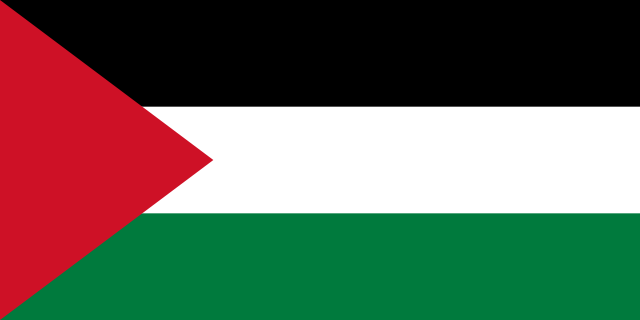Deserts are examples of terrestrial ecosystems, which are found throughout the world. They are barren areas of land characterised by extremely high or low temperatures, with low rainfall and scarce or no vegetation. In Palestine, this is represented in southern parts of Hebron, Bethlehem, and Negev

